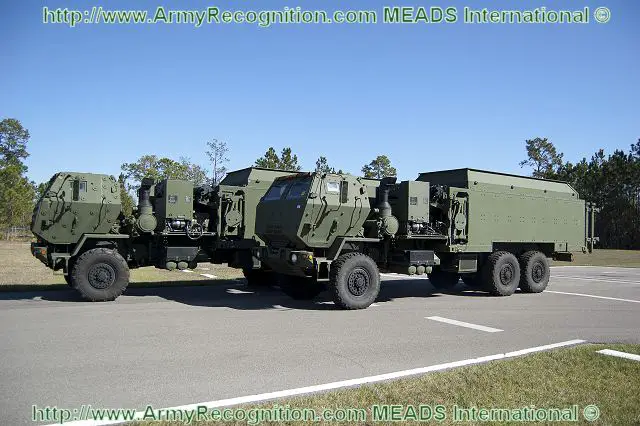| a | |||
Defence & Security Industry News - Lockheed Martin |
|||
| i | |||
| Saturday, June 22, 2013 09:27 AM | |||
| Medium Extended Air Defense System BMC4I software demonstrates interoperability with NATO. | |||
The Medium Extended Air Defense System (MEADS) has successfully demonstrated
network interoperability with NATO systems during Joint Project Optic
Windmill (JPOW) exercises held in May and June. In these JPOW exercises,
MEADS tactical battle management command, control,
communications, computers and intelligence (BMC4I) software connected
to a NATO test site in the Netherlands using a transportable air defense
test bed at the German Air Force Air Defense Center at Fort Bliss, Texas. |
|||
MEADS
demonstrated its battle management capability to transmit, receive and
process Link 16 messages, as well as other elements of threat engagement
and target intercept. JPOW’s objective is to demonstrate all facets
of theater air and missile defense, emphasizing interoperability and refinement
of tactics for participating systems. |
|||
Medium Extended Air Defense System BMC4I software demonstrates interoperability with NATO 2206135
- Posted On















